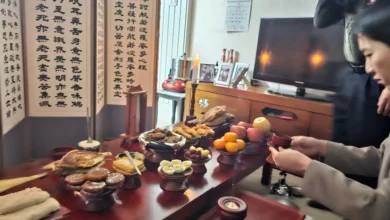The Scottish kilt is more than just a piece of clothing; it’s a symbol of Scottish heritage, pride, and tradition. Often seen in Highland dancing and clan gatherings, it has a rich history and continues to hold significant cultural meaning. This article will delve into the kilt’s origins, its evolution, and its enduring relevance in modern Scotland.
A Brief History: From Humble Beginnings to Cultural Icon
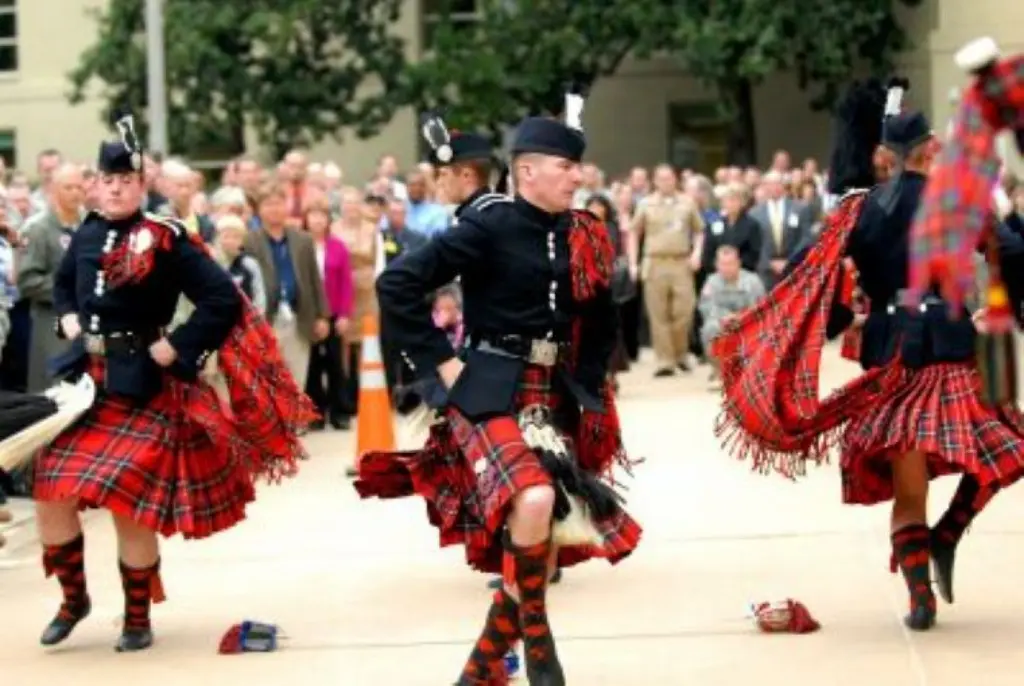
The kilt’s story begins centuries ago. The earliest form of the kilt was the féileadh-mór, or the “great kilt.” This was a large, untailored piece of cloth, usually wool, that could be wrapped around the body and draped over the shoulder. It served both as clothing and as a blanket. Imagine a large plaid, and you’re not far off. This early kilt provided warmth and protection in the rugged Scottish Highlands.
Around the 17th or 18th century, the kilt began to evolve. The tailored kilt, known as the féileadh-beag, or the “little kilt,” came into fashion. This version, which is the one most people think of today, was a separate garment that only covered the lower half of the body. This shorter kilt was more practical for work and combat, and it quickly became popular. It also became closely associated with Scottish clan identity.
The Jacobite Uprisings and the Kilt’s Suppression
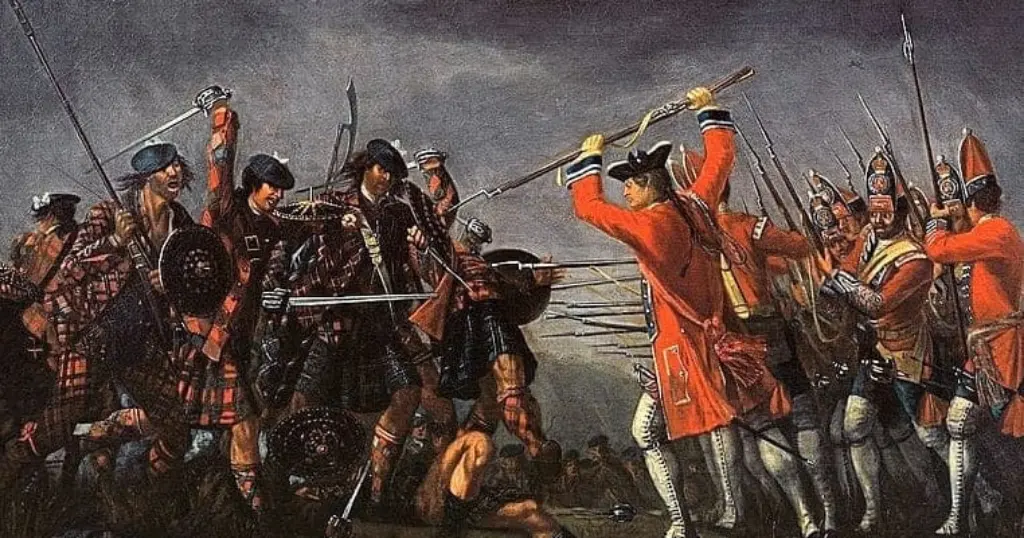
The kilt’s history is not without its complexities. Following the Jacobite Uprisings in the 18th century, the British government, seeking to suppress Scottish rebellion, banned the wearing of the kilt and other Highland dress in the Dress Act of 1746. This act was a direct attempt to control the Scottish clans and erase their cultural identity. The penalty for wearing a kilt was severe. However, despite the legal ban, the kilt was not entirely forgotten.
See also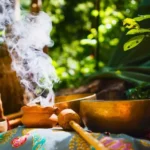 Spiritual Cleansing Rituals: A Global Journey
Spiritual Cleansing Rituals: A Global JourneyThis ban was eventually repealed in 1782, thanks partly to efforts made by the Highland Society of London. The return of the kilt symbolized a resurgence in Scottish pride and helped to further cement its position as an iconic national symbol.
Key Elements of the Modern Kilt
Today, the modern kilt is a carefully crafted garment with several defining features. Here’s a breakdown of its essential components:

- Tartan: The tartan, or plaid, pattern is perhaps the most recognizable aspect of the kilt. Tartans are made up of intersecting horizontal and vertical lines of different colors. Historically, each clan had its own distinct tartan pattern, making it a powerful symbol of clan affiliation.
- Pleats: The kilt is made up of fabric that is carefully pleated, usually at the back, which allows for freedom of movement and adds volume. The pleats can be box pleats, knife pleats, or kingussie pleats.
- Apron: The apron is the smooth, flat panel of fabric at the front of the kilt, overlapping in the front.
- Fell: The “fell” refers to the area where the pleats are stitched down.
- Kilt Pin: A decorative pin, often made of metal, is attached to the apron to keep it from blowing open and adds an extra aesthetic touch.
- Sporran: A sporran is a small pouch or purse, typically made of leather or animal skin, worn at the front of the kilt since kilts have no pockets.
The Significance of Tartan
As noted previously, tartan is a critical part of kilt tradition. The unique patterns and color combinations are not random; they are the result of careful historical development. Each clan has its own specific tartans, or in some cases, multiple patterns. These patterns are not just about aesthetics but carry strong historical and symbolic weight.
While many tartans are tied to specific clans, there are also tartans for districts, organizations, families, and even commemorative tartans. This variety makes the selection of a tartan a personal choice, as it allows individuals to display affiliation with a clan or area, or even just show their pride in Scotland.
See also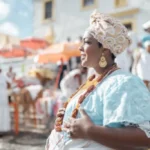 The Baiana Dress: A Symbol of Spirituality and Heritage in Candomblé
The Baiana Dress: A Symbol of Spirituality and Heritage in CandombléModern Tartan
Today, you’ll find that even with the traditional clan tartans there have been modern interpretations created. These modern tartans still utilize traditional designs but have introduced new colors or have been tweaked slightly to create a more contemporary aesthetic. This has further allowed people to make the kilt fit their individual style or preferences.
Kilts in Highland Dancing
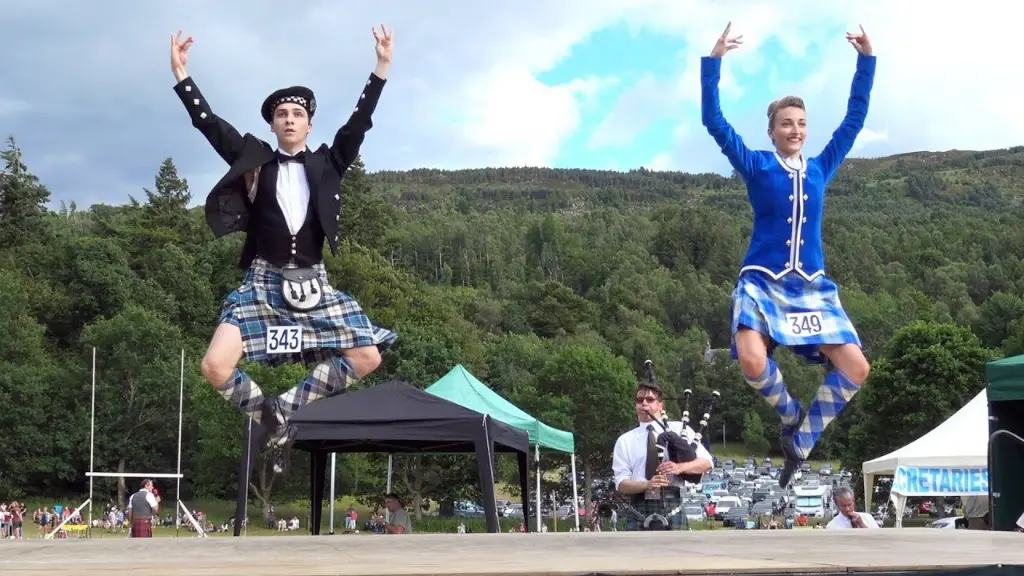
The kilt is an integral part of Highland dancing, a style of traditional Scottish dance characterized by precise footwork, graceful movements, and energetic displays. The kilt, with its distinctive sway and presence, adds visual dynamism to each dance, highlighting the dancer’s skill and grace. Dancers wear the kilt as a testament to their heritage and to connect to generations of Scottish performers.
Highland dancing competitions often feature specific dress codes including the kilt, often accompanied by a jacket, waistcoat, and kilt hose (long socks). The kilt’s movement becomes part of the dance itself. The kilt helps to draw attention to the leg movements during the performance. The tradition of wearing a kilt adds to the cultural significance of Highland dancing.
Kilts in Clan Ceremonies
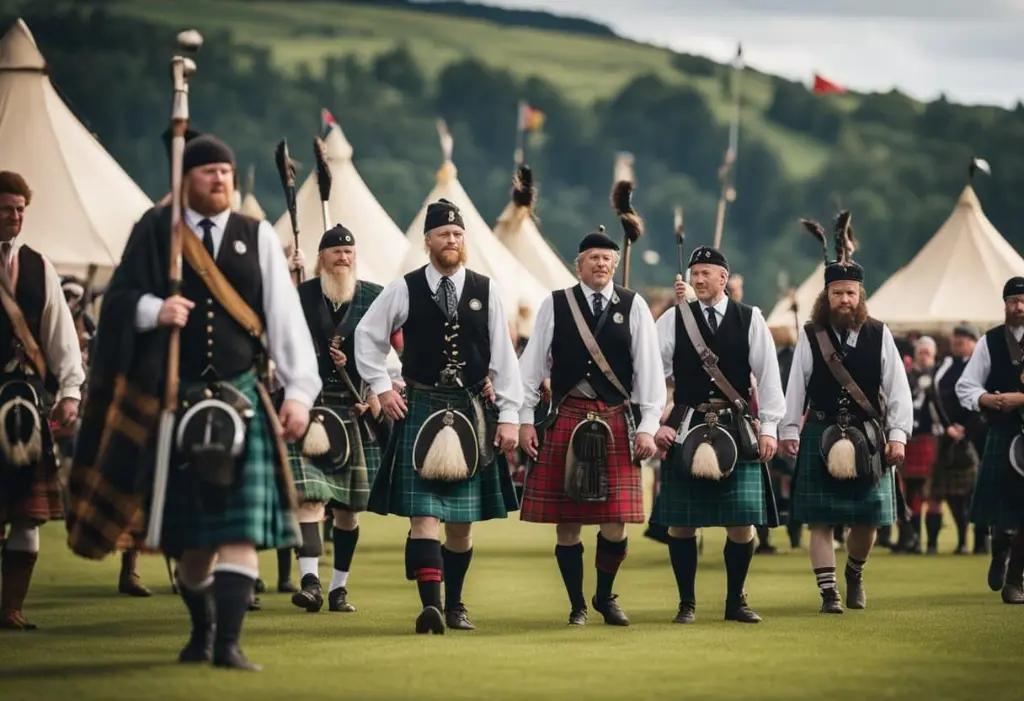
Clan ceremonies are an important part of Scottish culture and often involve members of a particular clan gathering to celebrate their heritage, history, and kinship. The kilt plays a central role in these events, serving as a visual symbol of clan identity and unity. These ceremonies can range from formal gatherings to less formal family reunions, each with its own significance and customs.
The kilt is worn at many events including but not limited to: clan gatherings, funerals, and even weddings. For clan gatherings, it’s typically the clan tartan that is worn to demonstrate heritage and lineage. At funerals, the dark colors, often the gray and black tartans, reflect the somber nature of the event. At weddings, the kilt, often in a more formal style, might be worn by the groom and his groomsmen to showcase his Scottish pride.
Connecting to the Past
These ceremonies help to maintain connections to the past and ensure that the traditions are passed onto future generations. The wearing of the kilt at these ceremonies reinforces the powerful link between past and present, and between individual members and their clan.
Wearing the Kilt: Modern Etiquette
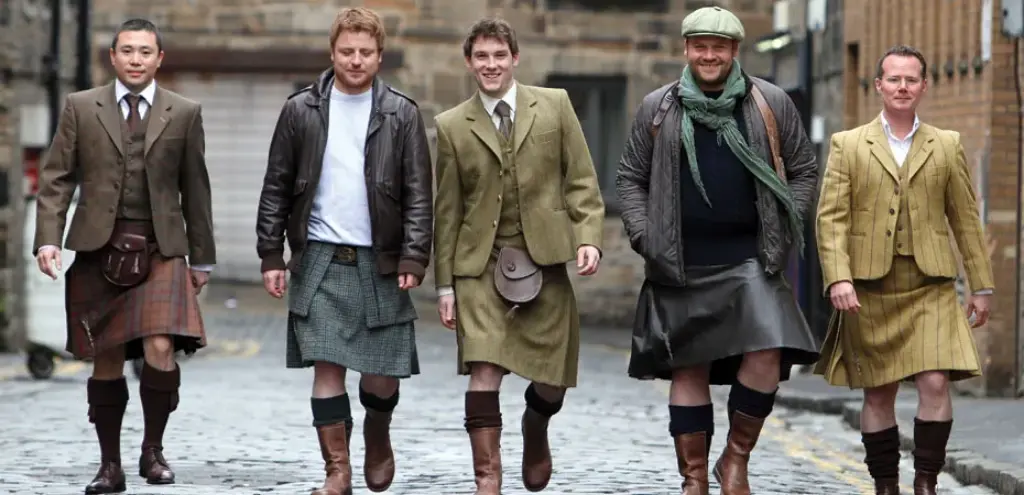
While kilts are deeply rooted in tradition, there are some modern guidelines to wearing them. The most important is to wear it with respect and understanding of the tradition that it represents. Here are some common considerations:
- Appropriate Length: The kilt should typically sit at the knee, or slightly above, when standing.
- Underwear: The debate about whether to wear underwear beneath a kilt is an old and often humorous one. The traditional answer is that men don’t wear anything under a kilt, often referred to as “going regimental.” However, modern day wearers will make their own personal choice.
- Proper Accessories: Always wear the kilt with the appropriate accessories: sporran, kilt pin, hose, and ghillie brogues (traditional shoes).
- Occasion: Consider the occasion. A formal kilt might be worn for a wedding or a special event, while a more casual version may be worn in everyday wear.
Knowing this etiquette helps to show respect for the tradition and makes the wearer feel more comfortable and confident in their kilt.
The Kilt in the 21st Century
The Scottish kilt has certainly had a resurgence in popularity in modern times. While it has always been a staple in traditional settings, it has gained traction as a statement of identity for Scots living all over the world. The kilt continues to evolve, with modern designers playing with fabrics and patterns while respecting the core traditions.
Today, you’ll see the kilt being worn at a variety of events, not just in Scotland, but around the globe. There are formal occasions, of course, but also festivals, parades, and even in casual everyday settings. The modern kilt, with its variety in design and usage, is a powerful testament to its enduring cultural significance.
The Global Appeal of the Kilt
Beyond Scotland, the kilt has captured the imagination of people worldwide. This global appeal showcases its versatility and the admiration for Scottish heritage. With people all around the globe claiming a part of Scottish ancestry, it has also gained popularity as a symbol of that heritage. Whether you’re in Scotland, the USA, Canada, or anywhere else, the kilt is a powerful reminder of a rich cultural legacy.
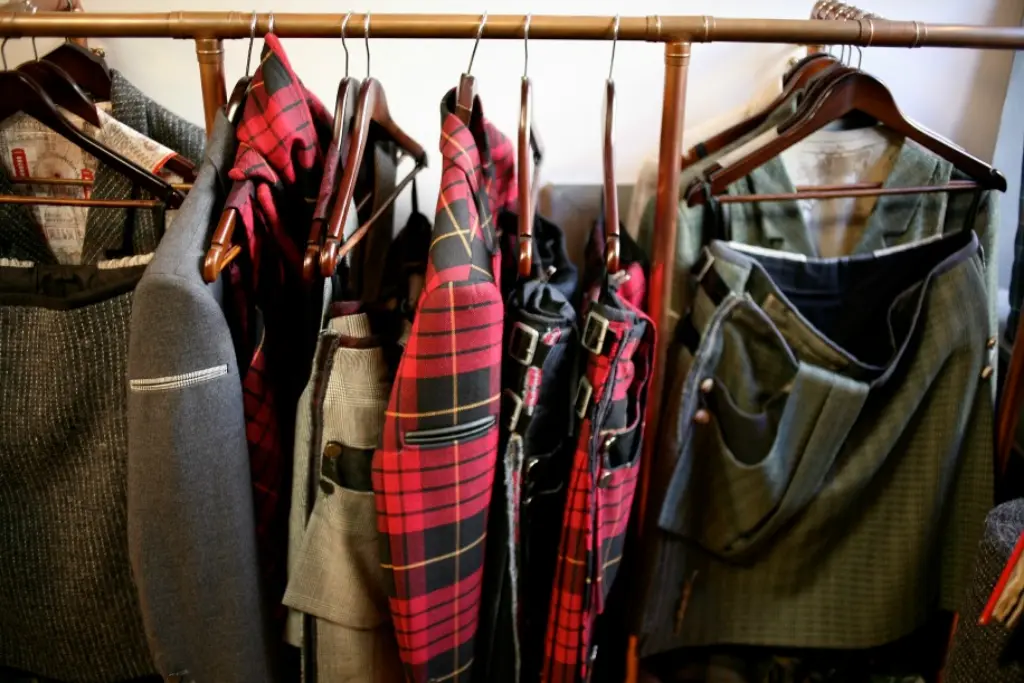
The Scottish kilt is far more than just a piece of clothing. It’s a powerful symbol of cultural identity, a link to the past, and a testament to Scottish pride. Whether worn in Highland dance, at clan ceremonies, or as a personal statement, the kilt continues to resonate with people around the world.
Its enduring relevance is a result of the rich history that accompanies it and the passion that many still have for its heritage. From its humble origins as a simple garment to its current status as a national symbol, the kilt’s story is a truly remarkable one. By understanding and appreciating this history, we gain a deeper appreciation for not just the garment itself, but for Scottish culture as a whole.




